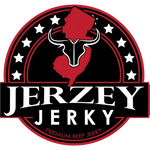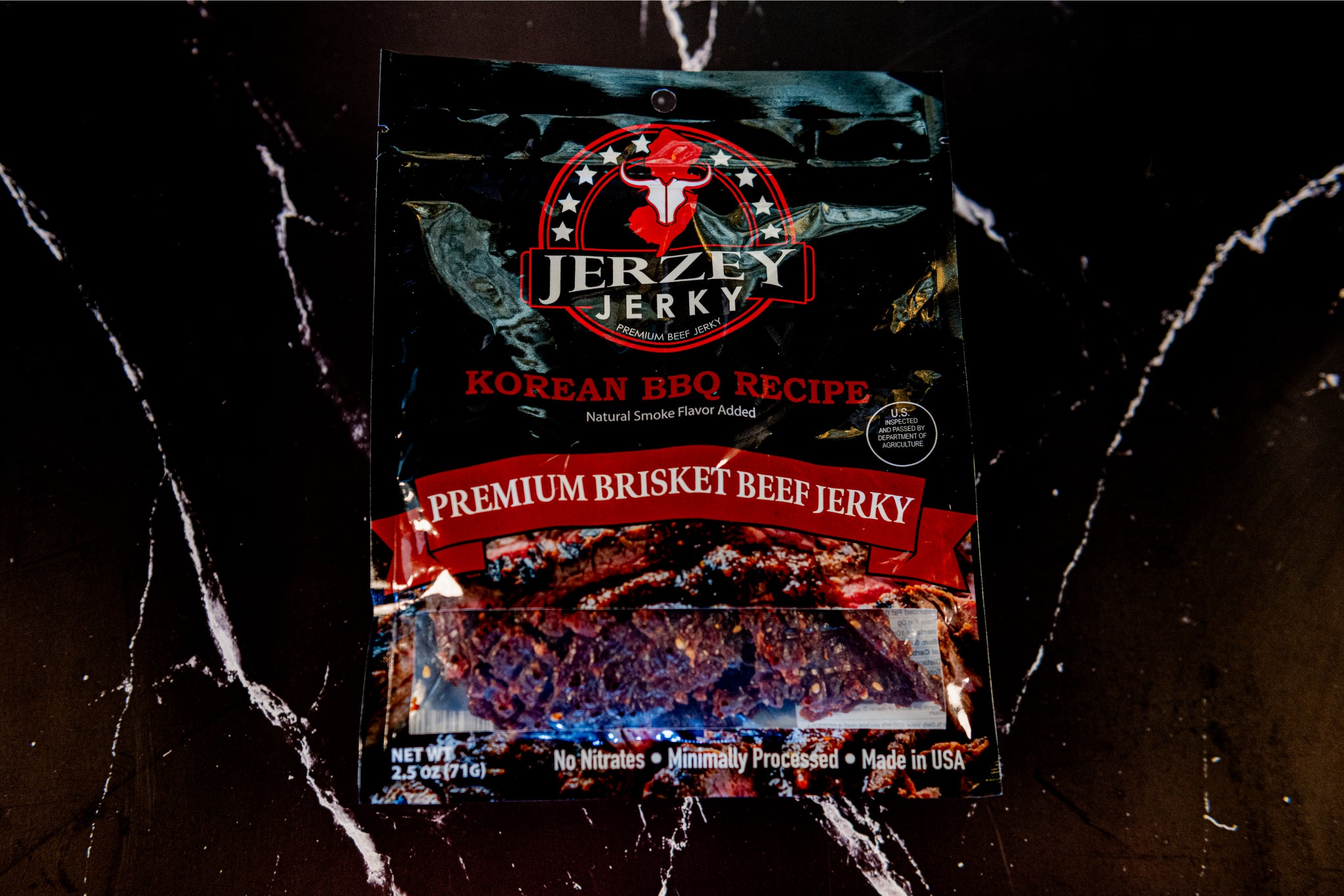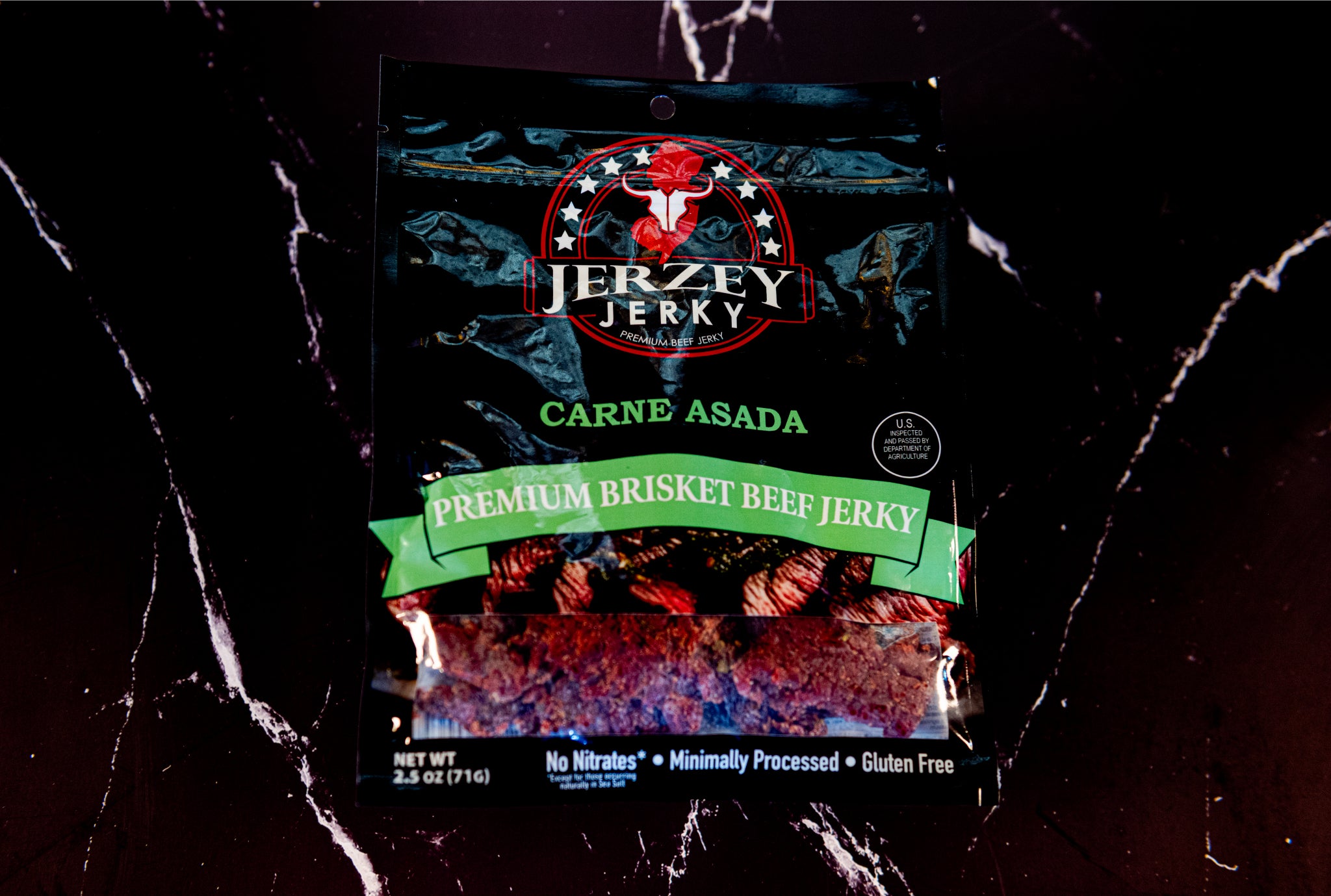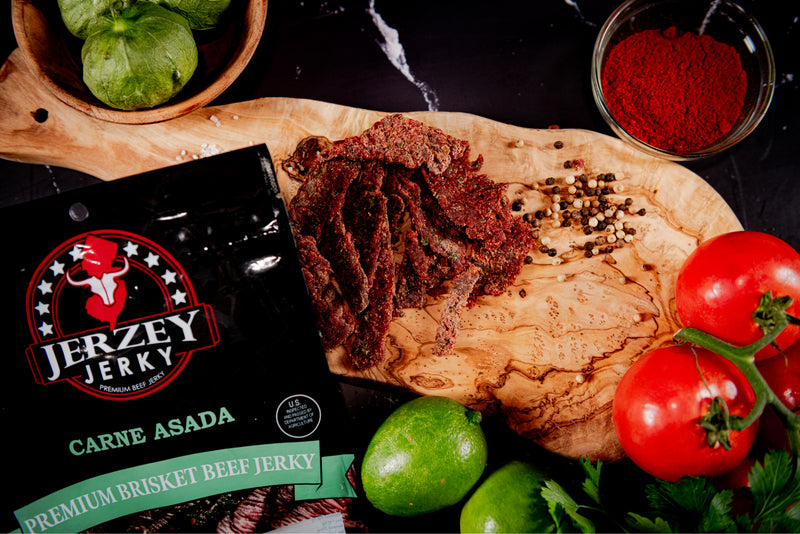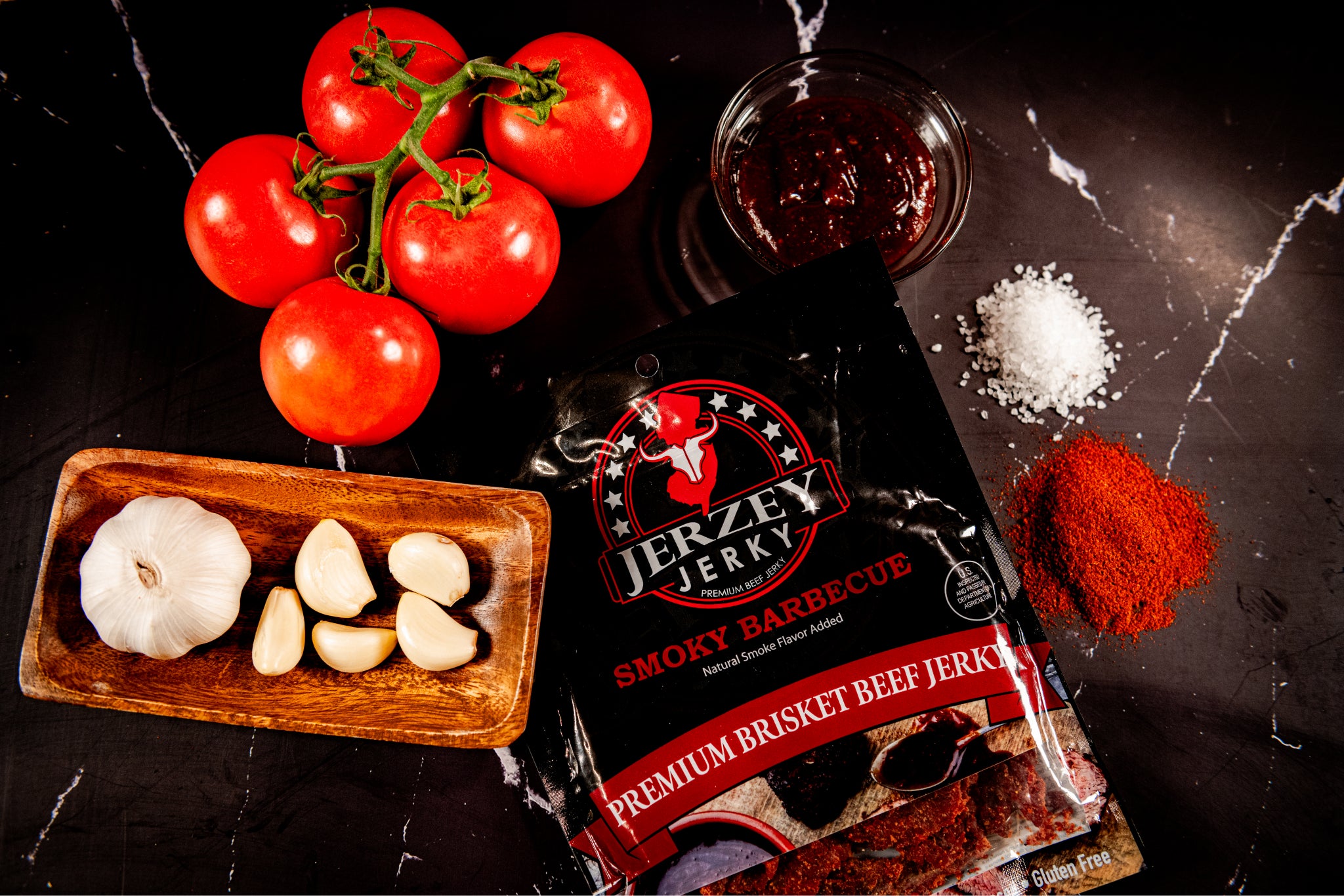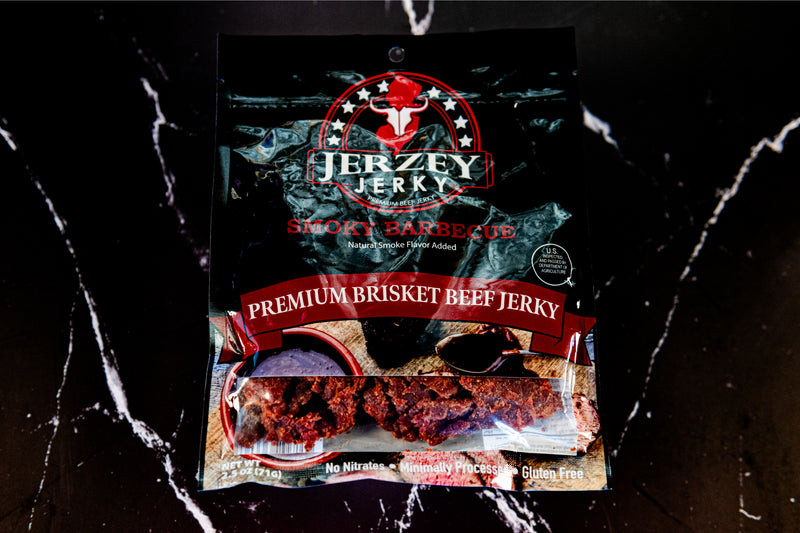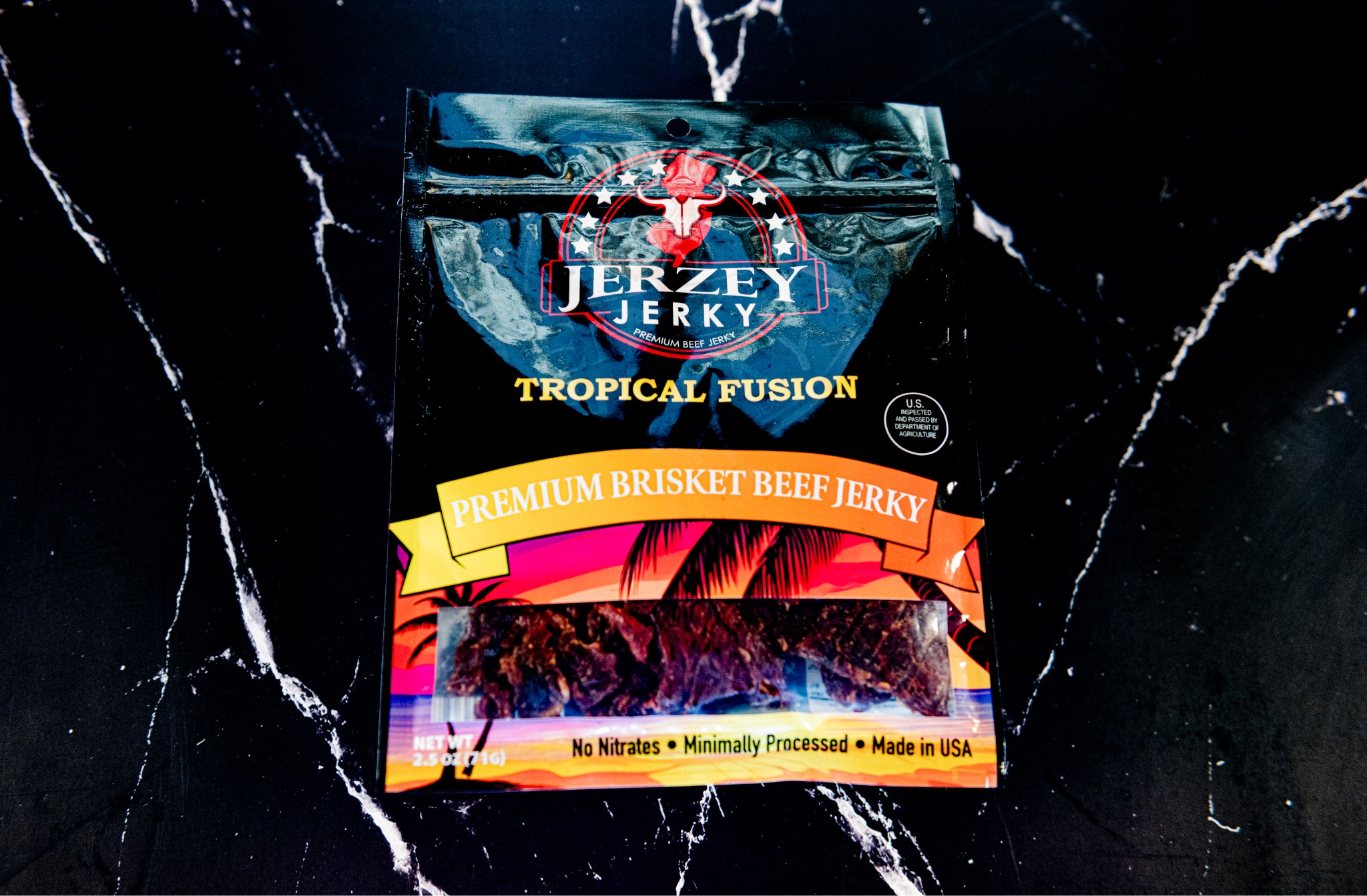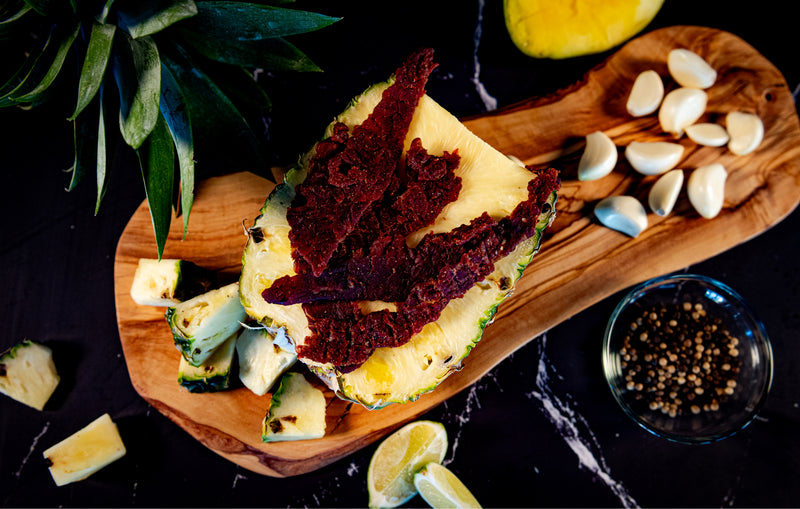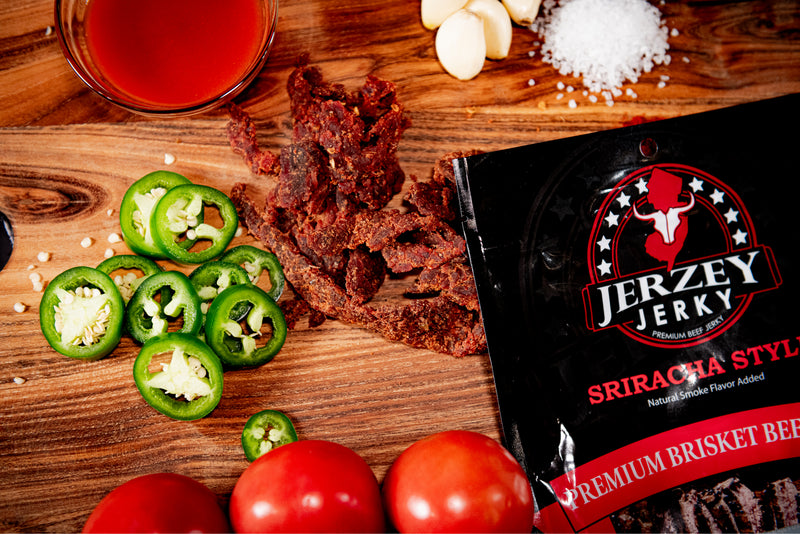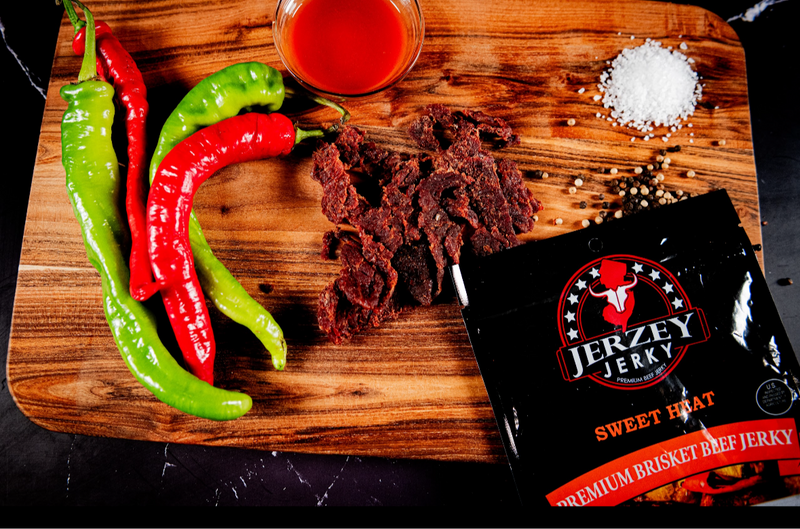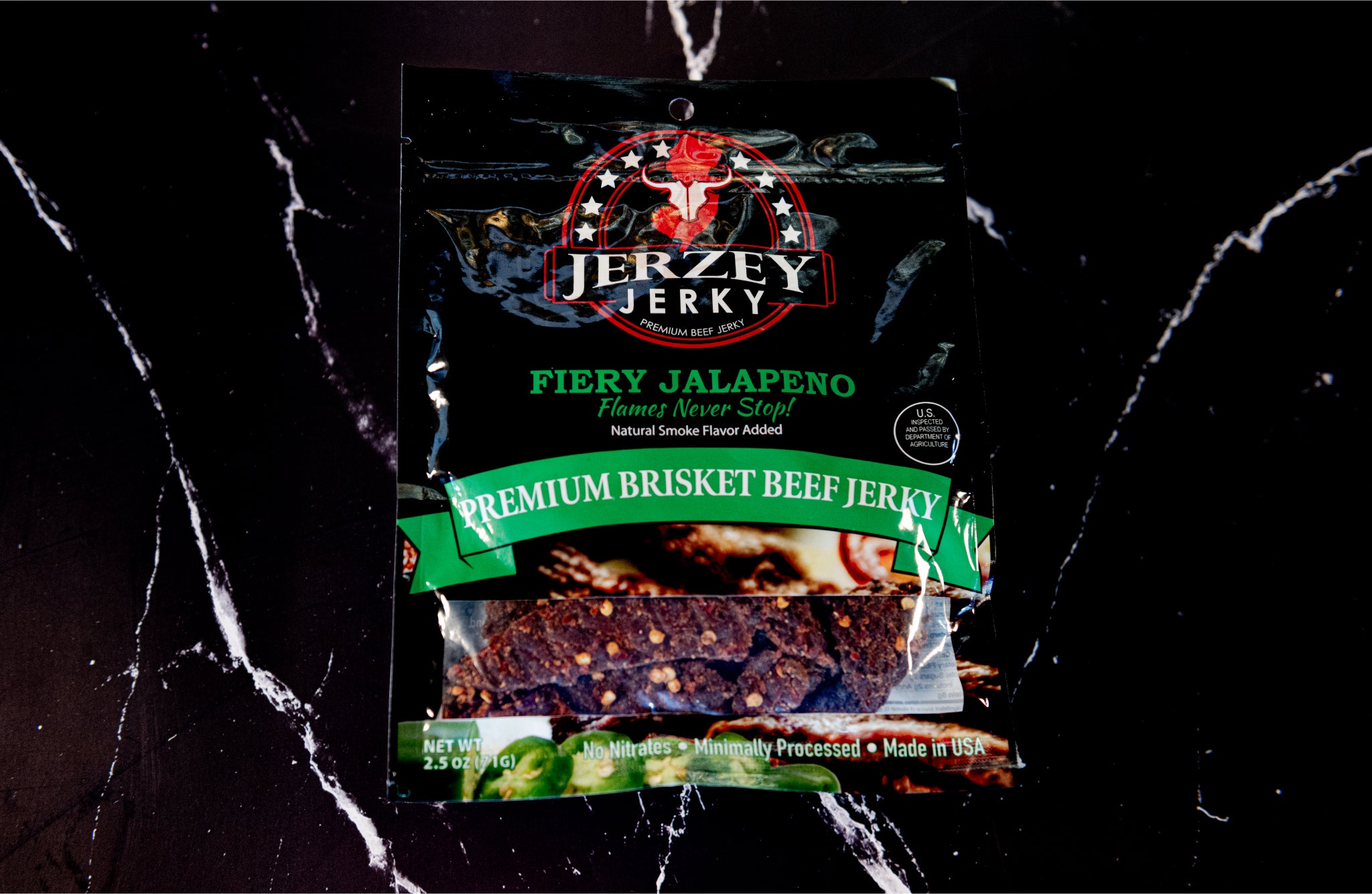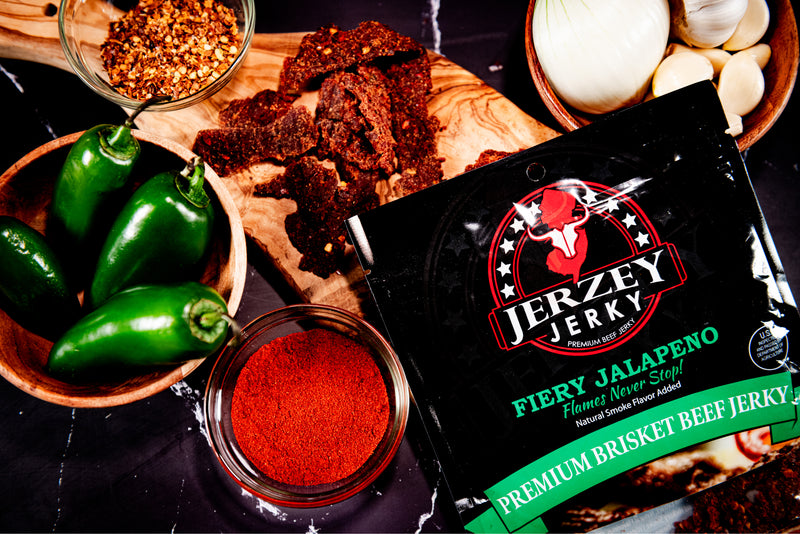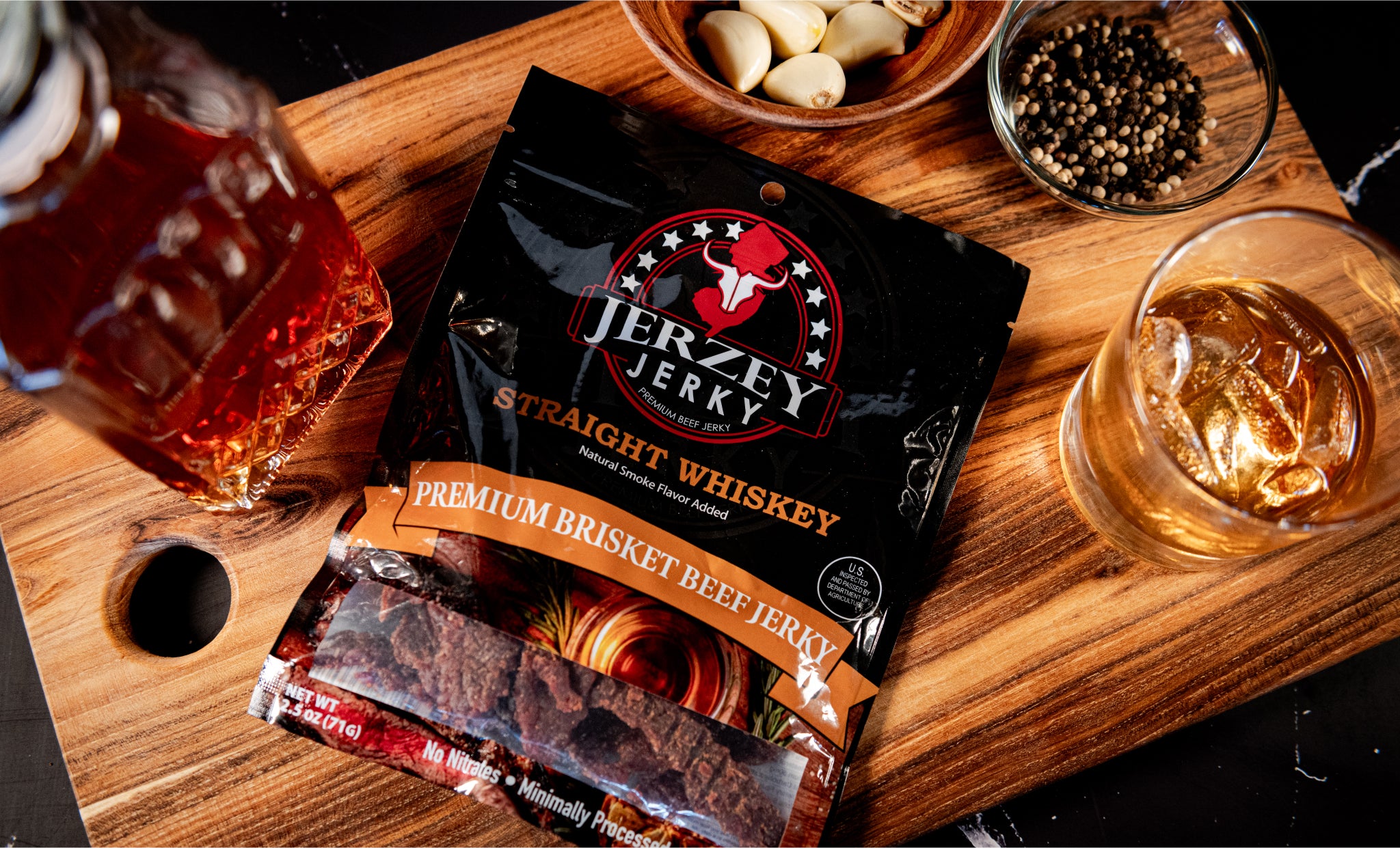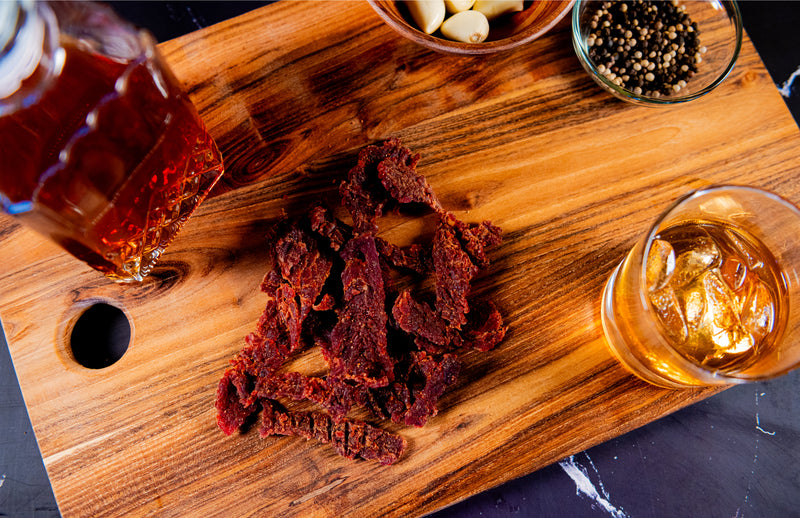
Free-Range Beef: Characteristics, Identification, and Nutritional Value
Free-range beef is beef produced by freely grazing cattle. These cows consume a natural grass and forage diet unlike the conventional cattle raised in feedlots. The practice is animal-centered and environmentally friendly.
The practice of free-range brings about a new production of beef. Its meat tastes very rich. According to a 2005 study by Dhiman, Nam, and Ure this beef contains more healthy fats and some have reported as much as 1.8 grams of conjugated linoleic acid per 100 grams. According to the University of California-Davis ( Department of Animal science, 2010), pasture-raised beef has 2.5 times larger amounts of omega -3 fatty acids than grain-finished beef.
Professionals differentiate free-range beef due to a darker color and tighter texture. It has a higher nutrient density that offers more vitamins and minerals. Consumers do select this meat because of its ethical production and high nutritional value.
What are the Characteristics of Free-Range Beef?
Here are the six characteristics of free-range beef.
- Flavor Profile: The natural free-range beef is earthly. A very varied diet of grasses and forages contributes to this rich taste in the cattle. This meat has a very strong flavor that is attributed to increased nutrient density over the normal, grain-fed beef.
- Texture: The meat is flat, a moderately tender texture. The reason is that the free-roaming cattle exercise more, building up their muscle fabric. This produces a more skinny product with a contentedly hearty meal.
- Appearance: An open beef is of a dark red. Its fat, which is of a characteristic yellow hue, contains antioxidant beta carotene. It does not look like the lighter meat and white fat of grain-fed cattle.
- Fat Content: The beef is almost always lower than the traditional. It has healthier fat, and more polyunsaturated fats, which are omega-3 fatty acids. This equal fat content offers a healthier flavor, and it helps to cut the overall calorie count.
- Juiciness: The meat can also maintain moisture when cooked well. Lean cuts need to be handled so as not to run dry. The beef is capable of remaining juicy and giving a good eating experience due to the unique fatty composition and muscle fibers.
- Aroma: The smell of free-range beef is fresh and grassy to a small degree. This smell is directly expected due to the natural feeding of pasture and forage of cows. It makes the meat stand out to the more neutral smell of beef raised traditionally.
Shop the best-selling Teriyaki Beef Jerky - Brisket & Korean BBQ Beef Jerky - Brisket !
What is the Nutritional Value of Free-Range Beef?
Here are the five nutritional values of free-range beef.
- Protein Content: Free-range beef contains complete and high-quality protein. This protein comprises essential amino acids that our body requires. It assists in developing and replenishing the muscles, organs, and other structures of the body.
- Healthy Fats: This beef is more fat-composed. It contains good quantities of omega-3 fatty acids and conjugated linoleic acid (CLA). They are healthy fats that minimize inflammation and enhance the wellbeing of the heart, so it is a healthy choice.
- Vitamins: The meat is rich in B vitamins. It is rich in B6, B12, niacin and riboflavin. These vitamins are essential in energy production, nerve conduction, and proper metabolism in the body in general.
- Minerals: Free-range beef is also a good provider of essential minerals. It contains a lot of iron that prevents anemia. It also includes zinc to have a strong immune system and selenium to aid as an antioxidant.
- Calories: Free-range beef contains an acceptable number of calories. Calories vary according to the meat of choice. Leaner cuts contain fewer calories, and fit in a balanced diet.
How to Identify Free-Range Beef?
Here is how to identify free-range beef.
- Labeling & Certification: Find certain terms on the label such as; Grass-Fed or Pasture-Raised. USDA fails to produce a definition of free-range in beef cattle hence these are the more trustworthy terms. Third-party certifications also ensure to certify certain animal welfare standards.
- Visual & Market Clues: The meat is dark redder. The fat is more yellow, which is due to the effect of the beta-carotene of grass diet. This beef is commonly found in the farmers market, or in the local butcher store or specialty food shops.
- Farming Practices: Cattle grazing is free and they have access to pasture. A natural flood of grass and forage is their food. This is more humane to animals, as well as a healthy product, unlike the orthodox practice of feedlot illumination.
How to Cook Free-Range Beef?
Here are three tips for cooking free-range beef.
- Preparation Tips: Allow beef to come to room temperature. Use a paper towel to dry the surface. This cooking prepares the meat to even cook and enables the formation of a deep and brown crust during the seaming of the meat.
- Cooking Methods: Free-range beef is versatile. Some of the common cooking methods are in grilling, pan searing and roasting. Slow cooking or braising is a good way of making leaner cuts. The approaches keep the meat soft and delicious.
- Temperature & Timing: Cook lean cuts are to be prepared carefully in order to avoid drying out. A meat thermometer assists to obtain the optimum doneness. It is also leaner and thus cooking the meat takes a shorter time than the conventional beef.
- Resting: Always leave the cooked meat to rest and then cut it. Allow it to sit for 5–10 minutes. This facilitates relaxation of the muscle fibers and restocking of the natural juices within the meat nominating the outcome to be tender and juicy.
What are the Common Mistakes to Avoid with Free-Range Beef?
Avoid these four common mistakes with free-range beef.
- Overcooking: The greatest error with this lean meat is polymerising. Free-range beef is low on fat content hence it becomes dry. Excessive cooking increases the hardness of meat and aggravates eating them.
- Ignoring Label Claims: Purchasing beef does not belong to the mistakes everyone should stop making. Ensure that the beef is actually Grass-Fed or Pasture-Raised. This guarantees an original product.
- Skipping Resting: It is a mistake to chop the beef when it has just cooked. This makes juices leak out in flavor. Always allow the meat a couple of minutes to redistribute the juices.
- Using Excess Oil or Butter: Rich, natural beef of the free-range has a free taste. Excess oil or butter can mask this flavor. Rub a little oil to ensure that the meat does not stick and that its natural flavour comes out.
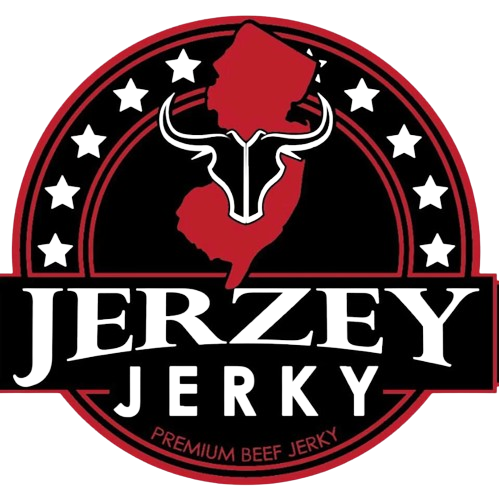
 2025-09-11
2025-09-11
 Wayne Holland
Wayne Holland

